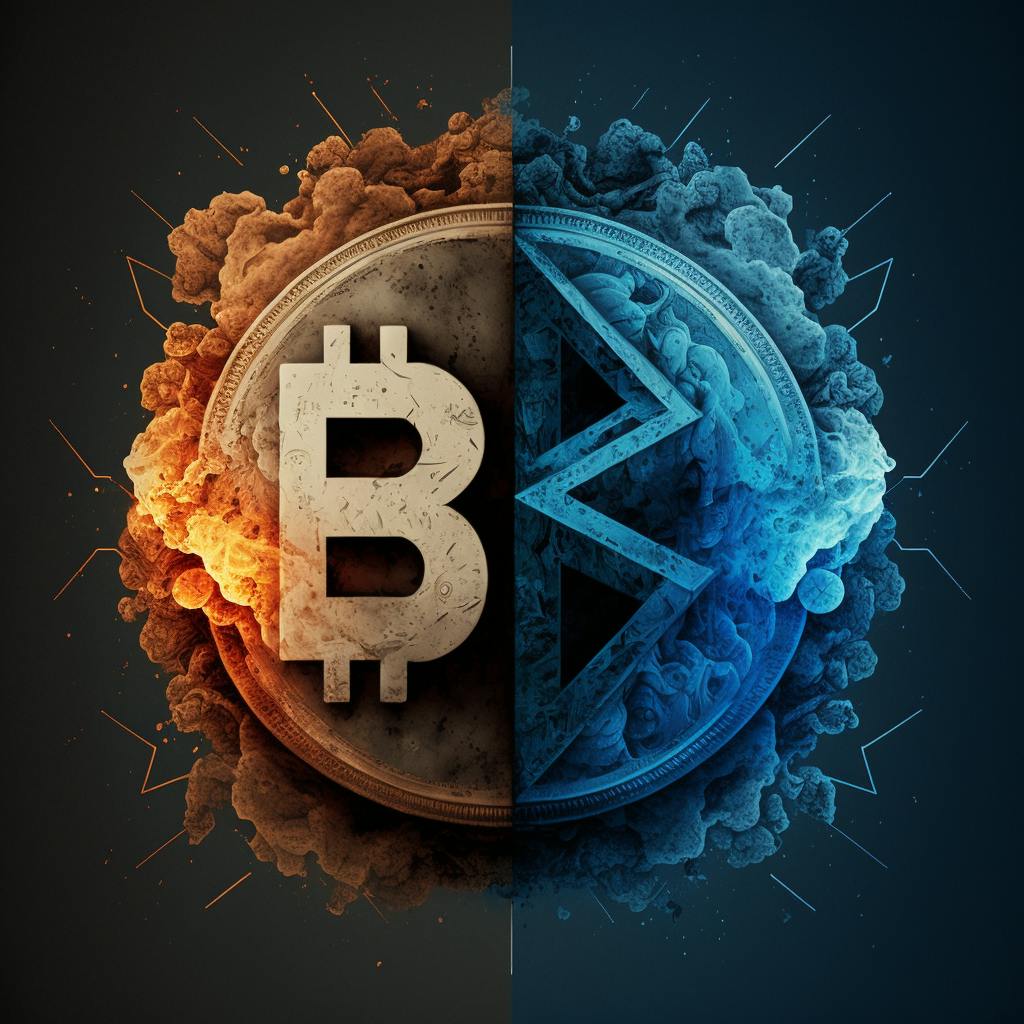Ethereum: A Story
This is a story of origin of ethereum and it's rise. It's further development and now the use in the web3

In 2013, a young developer named Vitalik Buterin had an idea for a new blockchain-based platform that could go beyond just being a cryptocurrency. He wanted to create a platform that could run decentralized applications, or dapps, using smart contracts.
Vitalik wrote a whitepaper outlining his idea for this new platform, which he called Ethereum. He proposed a new programming language called Solidity that could be used to write smart contracts, which would run on the Ethereum blockchain. The Ethereum blockchain would be decentralized, meaning it would be run by a network of computers around the world, rather than being controlled by a central authority.
Ethereum quickly gained the attention of the cryptocurrency and tech communities, and in 2014, a crowdfunding campaign raised more than $18 million to support its development.
The first version of Ethereum, known as Frontier, was launched in 2015. It allowed developers to start building dapps and writing smart contracts on the platform. Soon after, the first dapps were launched on Ethereum, including the popular game CryptoKitties.
One of the key advantages of Ethereum is its flexibility. Developers can build a wide range of dapps on the platform, from decentralized finance (DeFi) applications to online marketplaces, social networks, and more.
Another key advantage of Ethereum is its programmability. Smart contracts on Ethereum can execute code automatically, based on certain conditions being met. This opens up a wide range of possibilities for automated transactions and decentralized governance.
Ethereum also introduced a new cryptocurrency called Ether (ETH), which is used to pay for transactions and to incentivize network participants. Ether quickly became one of the most popular cryptocurrencies in the world, and is now the second largest by market capitalization, after Bitcoin.
As Ethereum grew in popularity, its developers continued to improve and upgrade the platform. In 2019, Ethereum 2.0 was announced, which will introduce a new consensus mechanism called proof-of-stake. This will replace the current proof-of-work mechanism, which is energy-intensive and has been criticized for its environmental impact.
Ethereum 2.0 will also introduce sharding, which will improve the platform's scalability and allow it to process more transactions per second. This will make it easier for dapps to scale and for more users to use the platform without experiencing high transaction fees or slow confirmation times.

Today, Ethereum is one of the most important and widely used blockchain platforms in the world. It has enabled the creation of a wide range of dapps and has opened up new possibilities for decentralized finance, governance, and more. Its continued development promises to make it even more powerful and useful in the years to come.
Thanks for going through this article, hope you liked it and got some depth knowledge of the origin of Ethereum.
